The most important fact to create effective and engaging eLearning environment is by building meaningful courses. The Learner can completely involve and retain the knowledge of the concept by using video visuals and simulation technologies like Augmented Reality and Virtual Reality in their e-Learning Programs
How to Create Engaging E-Learning Courses
April 17th, 2018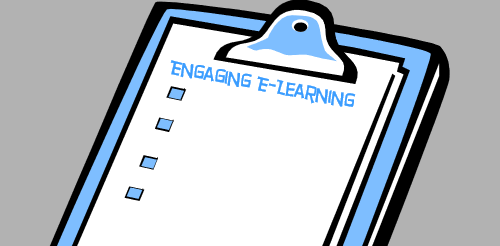
Here’s a presentation from a previous workshop on how to create interactive e-learning. For this workshop, I focused on how to create an engaging e-learning experience for the end-user.
Here are a few core points from the presentation on how to create engaging e-learning courses. In part 2, we’ll look at how to create effective e-learning courses.
Engaging E-Learning Starts with Not Building a Course

That’s probably not the right heading but it is the right position to take when it comes to building e-learning courses.
Often the client defaults to training as a solution. But there are more things at play than just training. Good performance consulting helps root that out.
- What are your goals?
- Why aren’t they being met currently?
- Is training the right solution?
Sometimes, people don’t have the right tools, systems, or management to meet objectives. Building an e-learning course may help them learn something, but that something they learn may not help meet the real objectives.
Engaging E-Learning Starts with the Right Content

Not all courses are created equal. Some focus on performance where there are clear, measurable objectives. And some are more about information or awareness. Understanding the type of course required helps you allocate your resources.
Sometimes a simple, linear course is perfect for an awareness campaign. Or perhaps, it’s just a matter of presenting a relevant case study. And other times, a course requires interactive decision-making.
You have limited resources so spend them wisely. Don’t waste them on a course that doesn’t require it.
Engaging E-Learning Meets the Needs of Many
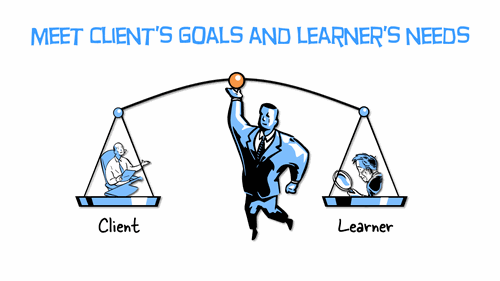
As a course designer, you’re a bridge between the organization or client that wants a course and the learner who has to take it.
For the client, you need to be cost-effective and build courses that meet some measurable objective. And for the learner, you need to build a course that engages them, doesn’t waste time, and helps them learn.
Ideally, the client and learner have the same objectives, but this isn’t always the case, especially with many of those compliance courses that are often pointless for the person who has to take it, but a necessity for the organization trying to set standards and communicate policies.
Engaging E-Learning Mimics the Real World
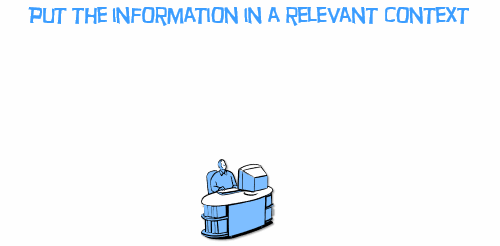
Do you want people to learn? Put the information in a context that mirrors the real world. Don’t tell them about policies. Instead, build activities where they develop competencies by using the policies to make the right decisions.
- Find out how they’ll use the information in the course.
- Give them ways to practice the same things they need to do to be successful on the job.
- Provide feedback to help them learn and make the adjustments they need to make.
The key to creating effective and engaging e-learning is to build meaningful courses. They need to be meaningful for the client, thus they need to be cost-effective and meet objectives. And they need to be meaningful for the end learner by actually teaching something relevant and worth learning.
In part 2, we’ll look at how to create effective e-learning courses.
Events
- Everyday. Check out the weekly training webinars to learn more about Rise, Storyline, and instructional design.
Free E-Learning Resources
 |
 |
 |
|
Want to learn more? Check out these articles and free resources in the community. |
Here’s a great job board for e-learning, instructional design, and training jobs |
Participate in the weekly e-learning challenges to sharpen your skills |
 |
 |
 |
|
Get your free PowerPoint templates and free graphics & stock images. |
Lots of cool e-learning examples to check out and find inspiration. |
Getting Started? This e-learning 101 series and the free e-books will help. |


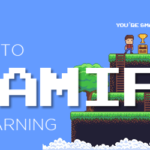
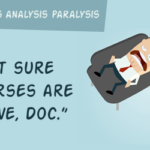
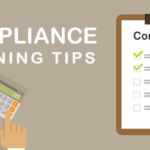
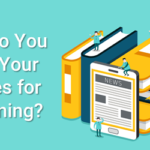



0
comments